Ba Be National Park
Hidden deep in the green of Northern dense tropical forests, Ba Be National Park is undoubtedly one of the most beautiful sites for ecotourism across the country. As the park is endowed with a diverse ecosystem after thousands of years of geological formation, the words are not enough to describe the beauty of the land.
Situated amidst the lush greenery of Northern Vietnam, Ba Be National Park remains a prime destination for ecotourism in 2025. With its diverse ecosystem shaped over eons, the park's beauty is truly remarkable and can hardly be captured in mere words.
The park is nourished by the serene waters of the Ta Han, Bo Lu, Nang, and Leng rivers, all winding through dense evergreen forests and rugged mountains. Within the heart of the park lie expansive, tranquil lakes surrounded by distinctive chalky karst formations and vibrant jade rivers. These natural wonders create an unspoiled environment, ideal for adventurous travelers seeking to connect with nature. The region is also home to the Tay, Nung, and Dzao ethnic communities, who preserve their unique cultures in rustic villages adorned with traditional wooden stilt houses. Ba Be National Park truly earns its title as the “green pearl of Bac Kan” in every respect.
Where is Ba Be National Park
Located in the northeastern province of Bac Kan, Ba Be National Park is an oasis of pristine lakes, glistening rivers, and majestic mountains. It lies approximately 200 km northwest of Hanoi and is recognized as Vietnam’s 8th largest national park, renowned for its biological diversity and acknowledged by the ASEAN Heritage Parks Organization.
 Ba Be Lake in Bac Kan
Ba Be Lake in Bac Kan
Established in 1992, Ba Be National Park has garnered a reputation as an enchanting eco-tourism destination, attracting visitors with its breathtaking landscapes and diverse wildlife.
Best time to visit
Thanks to its mild climate, Ba Be welcomes visitors year-round. However, the dry season from winter to spring is considered the best time for trekkers, with temperatures ranging from 8 to 25 degrees Celsius and minimal rainfall. Spring brings the Long Tong festival, celebrated on the 10th and 11th days of the first lunar month, during which the vibrant atmosphere fills the park with traditional rituals, music, and dance performances from local ethnic minorities.
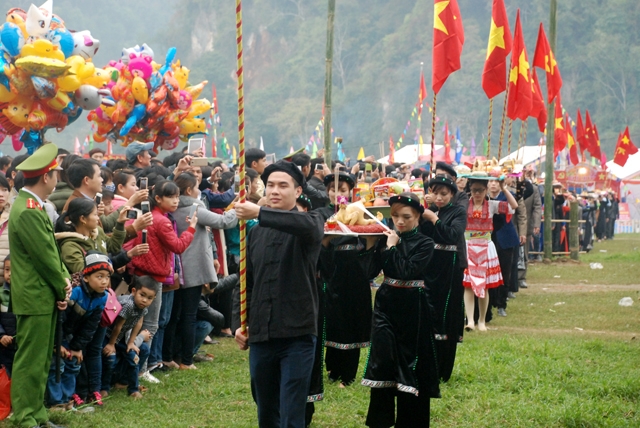 Long Tong festival - Photo: nhandan.com.vn
Long Tong festival - Photo: nhandan.com.vn
Visiting between August and October offers breathtaking views of Ba Be Lake's jade waters, juxtaposed against golden terraced rice fields. However, during the rainy season, the lake may overflow with water from the Nang River.
How to get to Ba Be National Park
As one of the more remote tourist destinations in Northern Vietnam, shuttle buses and motorbikes are the most common transportation options.
By shuttle bus
Daily shuttle buses operate from Hanoi and other northern provinces to Ba Be National Park. Travelers can catch the bus at My Dinh Bus Station, with the Thuong Nga bus taking you directly to the park entrance. For other buses heading to Bac Kan, request a drop-off at Cho Ra town and then hire a motorbike (approximately 50,000 VND) to cover the final 16 km to Ba Be. Additional bus services operate between Lao Cai (near Sapa) and Ba Be.
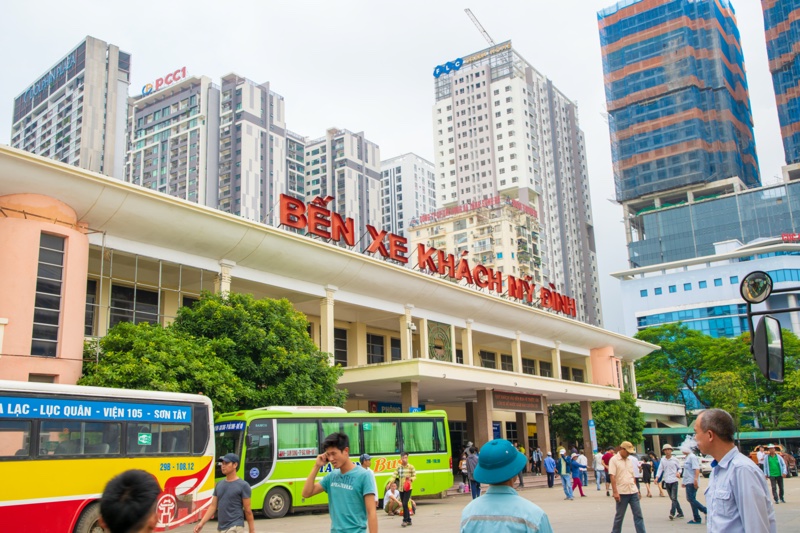 My Dinh Bus Station
My Dinh Bus Station
By motorbike
For those more adventurous, a motorbike journey of about six hours through rugged terrain leads to Ba Be, offering stunning scenery along the way. A popular route is National Highway 3 (QL3), starting from Soc Son (Hanoi), progressing through Thai Nguyen, and continuing to Cho Ra and Ba Be. This route allows travelers to enjoy the transition from bustling urban landscapes to the serene rural beauty of the area.
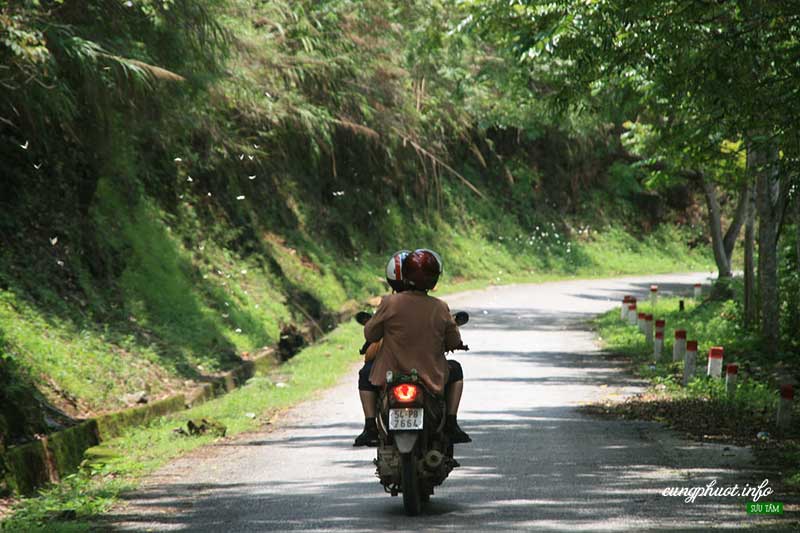 Photo: cungphuot.info
Photo: cungphuot.info
Major Attractions
Ba Be Lake
Located at the heart of Ba Be National Park, Ba Be Lake is its crowning jewel, renowned for its untouched beauty. Recognized by UNESCO as one of the world’s most beautiful lakes, the lake comprises three interconnected freshwater basins: Pe Lam, Pe Lu, and Pe Leng, covering an area of approximately 5,000 hectares. Being the largest freshwater lake in Vietnam, Ba Be Lake captivates visitors with its emerald waters, framed by lush forests and remarkable limestone mountains. A boat ride reveals panoramic views, the calls of birds, and a profound sense of tranquility found only in nature.
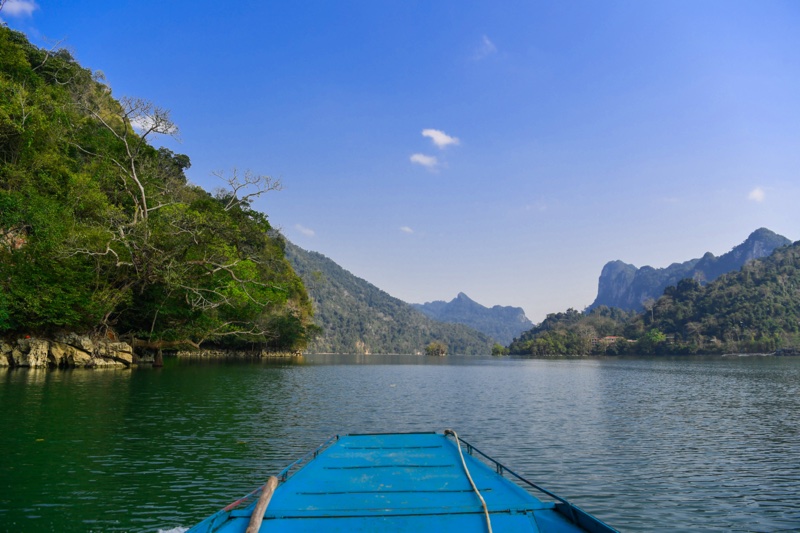 Landscape of Ba Be Lake
Landscape of Ba Be Lake
Thac Bac Waterfall
Thac Bac, translating to Silver Waterfall, is hidden in the lush greenery near Vang village, about 8 km south of Ba Be Lake. This stunning multi-tiered waterfall is formed by a series of small lakes, which cascade down granite cliffs, creating a spectacular sight resembling a ribbon of white silk embraced by steep mountains.
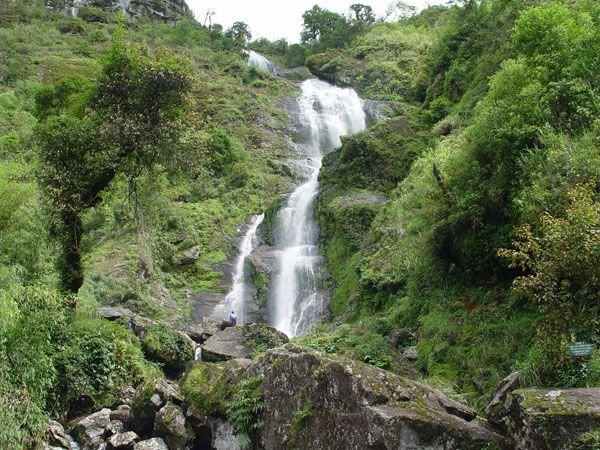 Thac Bac Waterfall
Thac Bac Waterfall
Hua Ma Cave
Recently discovered, Hua Ma Cave remains untouched by significant human interference, showcasing its otherworldly beauty. Nestled within Co Don Mountain and Ma Forest, the cave captivates explorers with its elaborate array of stalagmites and stalactites, resembling shimmering jewels formed over thousands of years.
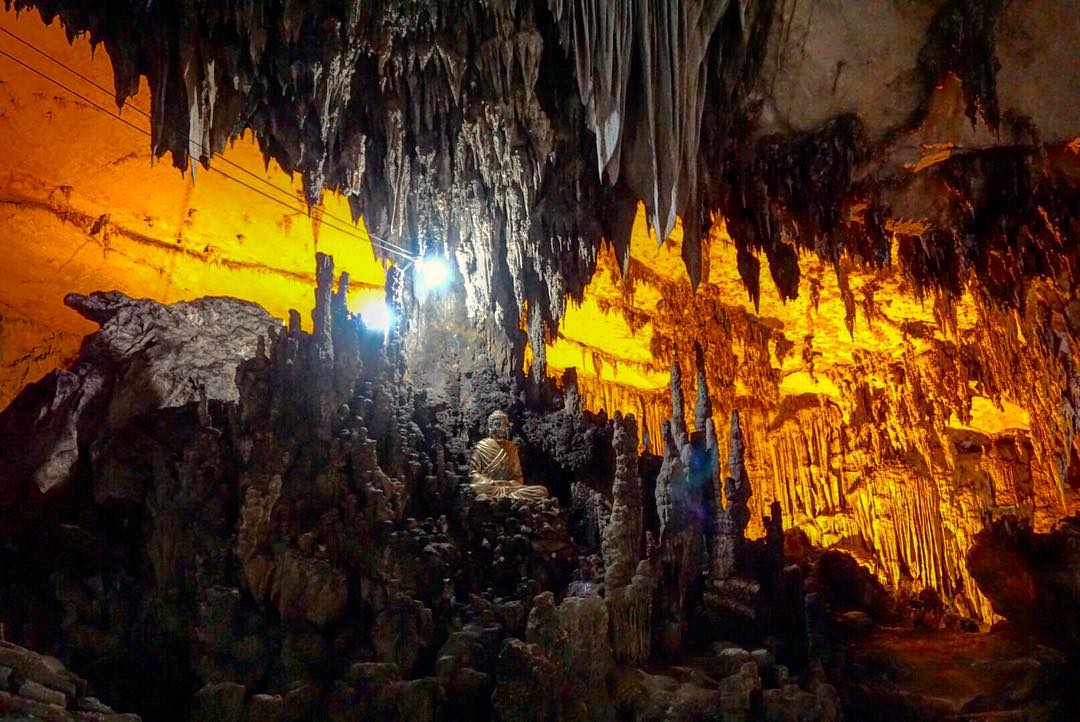 Hua Ma Cave - Photo: @joeenge
Hua Ma Cave - Photo: @joeenge
Puong Cave
Puong Cave is a dual-entrance cave created by the flow of the Nang River beneath the Lung Nham karst mountains. Accessible exclusively by boat, this cave dazzles visitors with its colorful stalagmites and the poetic scenery of the river meandering through the striking limestone mountain ranges.
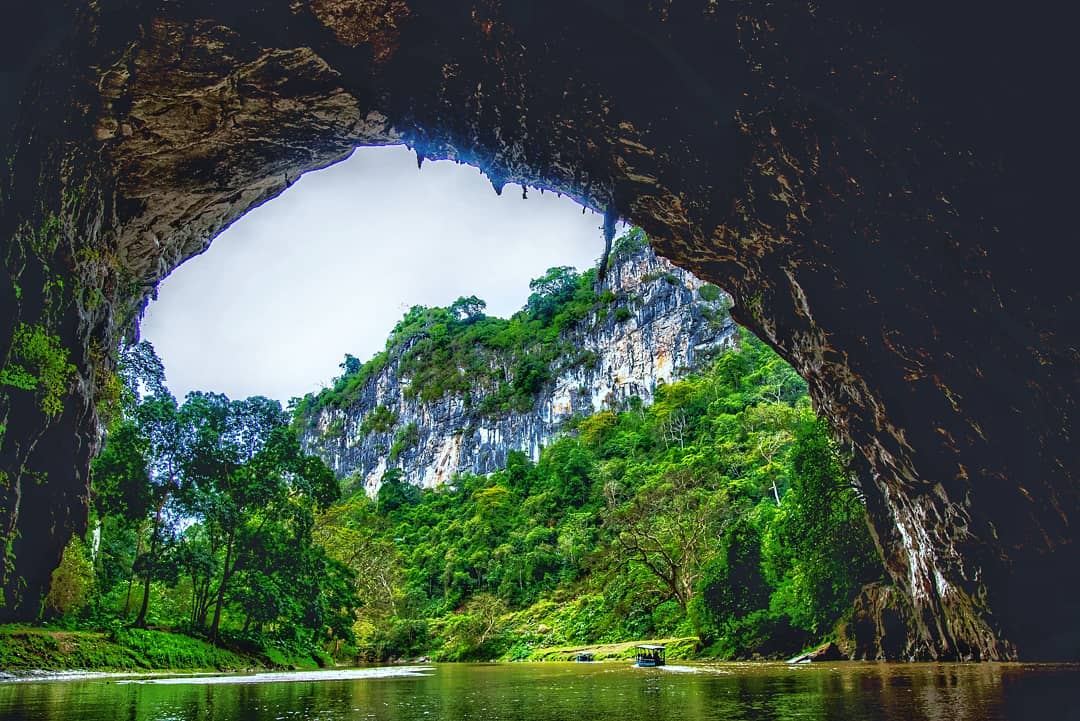 Puong Cave - Photo: @hangnga_88
Puong Cave - Photo: @hangnga_88
Dau Nang Waterfall
Situated in the western edge of the national park, Dau Nang Waterfall immediately captivates visitors with its stunning beauty. The waterfall cascades through three layers of rugged rocks, enveloped by dense tropical foliage, creating an idyllic natural setting that showcases the raw beauty of the wilderness.
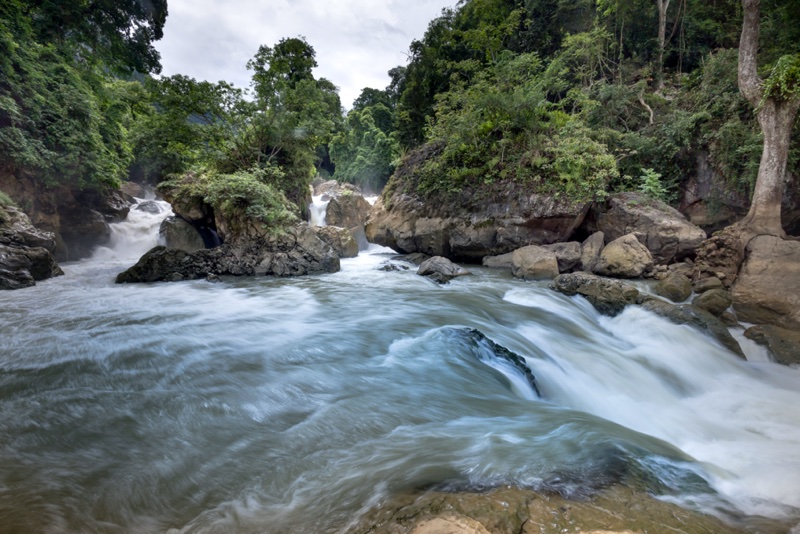 Dau Dang Waterfall
Dau Dang Waterfall
Pac Ngoi Village
Situated along the banks of the Leng River, Pac Ngoi Village is a peaceful enclave featuring traditional wooden stilt houses of the Tay ethnic community. With scenic river views and a backdrop of limestone mountains, the village resembles a scene from a storybook. Visitors can experience life in a stilt house, enjoy local delicacies, and explore the lake by canoe, immersing themselves in the local way of life.
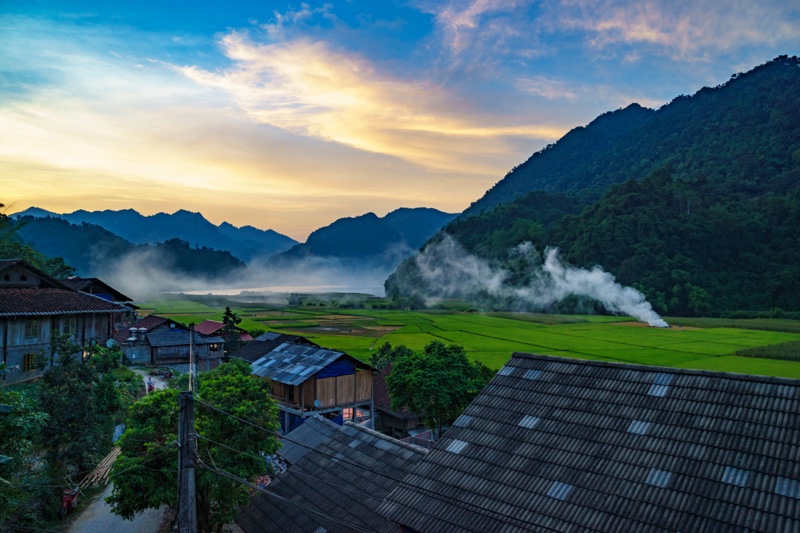 Pac Ngoi Village
Pac Ngoi Village
Fairy Pond
Perched on a gentle hillside, Fairy Pond is a jade-colored lake spanning over 3,000 m², bordered by karst mountains and ancient jungles. Its name originates from local folklore, where a hunter stumbled upon the pond and witnessed seven beautiful fairies bathing.
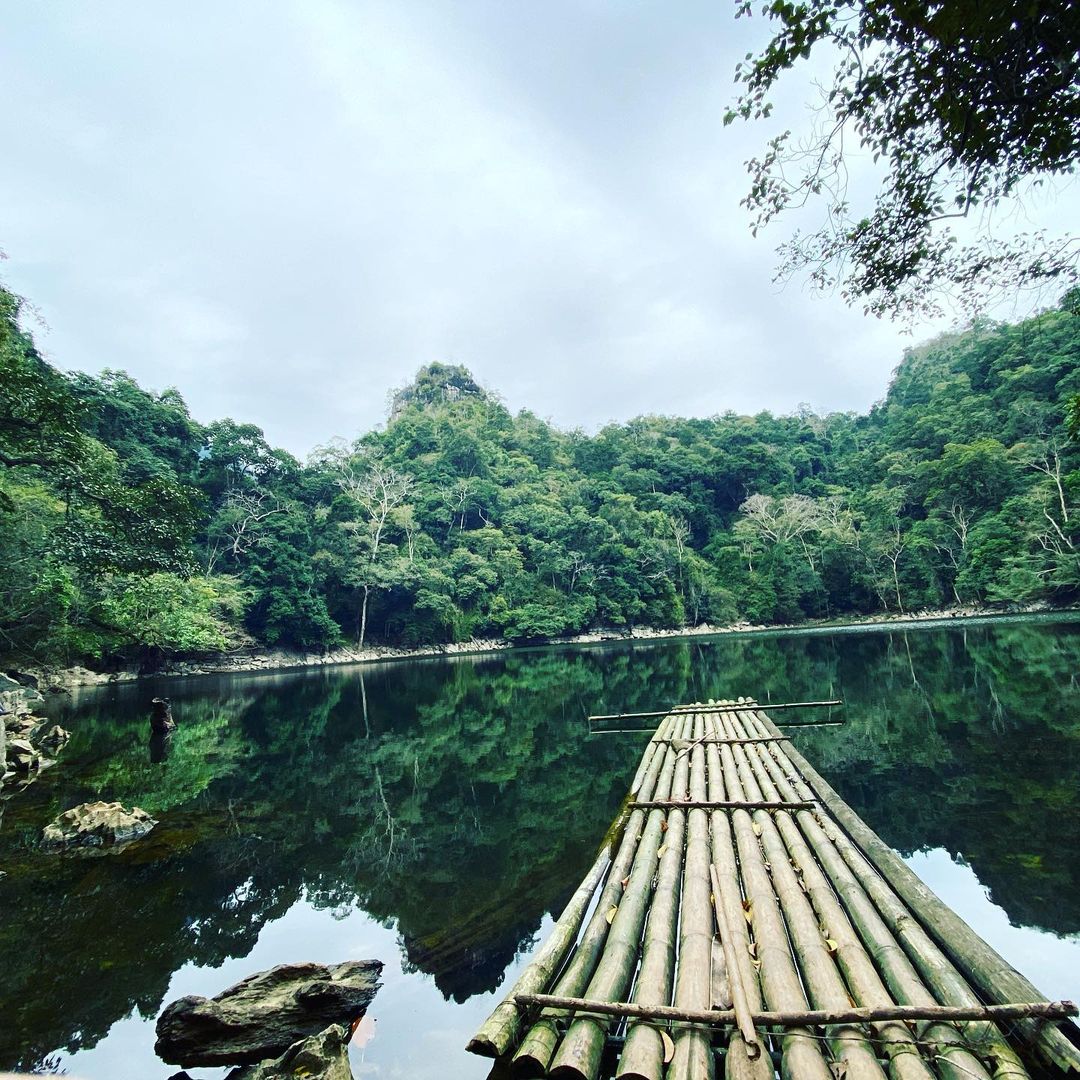 Fairy Pond - Photo: @uyen.nheo
Fairy Pond - Photo: @uyen.nheo
What to do in Ba Be National Park
Trekking in Ba Be
Dominated by the Pia Booc mountain range, which rises to 1,527 meters above sea level, Ba Be is hailed as one of the best trekking spots in Vietnam. The region's natural landscapes are a mix of sweeping mountains, vast forests, flowing rivers, and lush rice fields, forming a playground for outdoor enthusiasts.
 Photo: @elfidw
Photo: @elfidw
Kayaking on Ba Be Lake
Engaging in kayaking on Ba Be Lake offers a unique way to immerse oneself in nature. Perfect for both adventure seekers and leisurely travelers, kayaking allows you to navigate through hidden corners of the lake and visit local fishing villages, appreciating the serene beauty of the setting surrounded by limestone cliffs.
 Photo: @sinhsut
Photo: @sinhsut
Biking to Explore the Terrain
Biking is another excellent way to discover Ba Be and its surroundings. The charming rustic roads provide stunning vistas of mirror-like lakes, towering limestone formations, dense forests, and peaceful rivers. Starting your adventure from Pac Ngoi, visitors can explore Tay villages, Hua Ma Cave, and the picturesque Silk Waterfall while savoring fresh, clean air and the tranquility of the region.
 Photo: @vietnam_adventure_ride
Photo: @vietnam_adventure_ride
Experiencing Local Life
The ethnic minority communities of Tay, Nung, and Dzao have inhabited the Ba Be region for centuries, creating a tapestry of village life around the park. Visitors can spend time in charming hamlets like Ban Cam, Pac Ngoi, and Coc Toc, where traditional wooden homes and customs are preserved. Staying in local homestays, guests can enjoy the warmth of hospitality while indulging in traditional dishes such as grilled fish and wild chicken, all while learning about cultural practices.
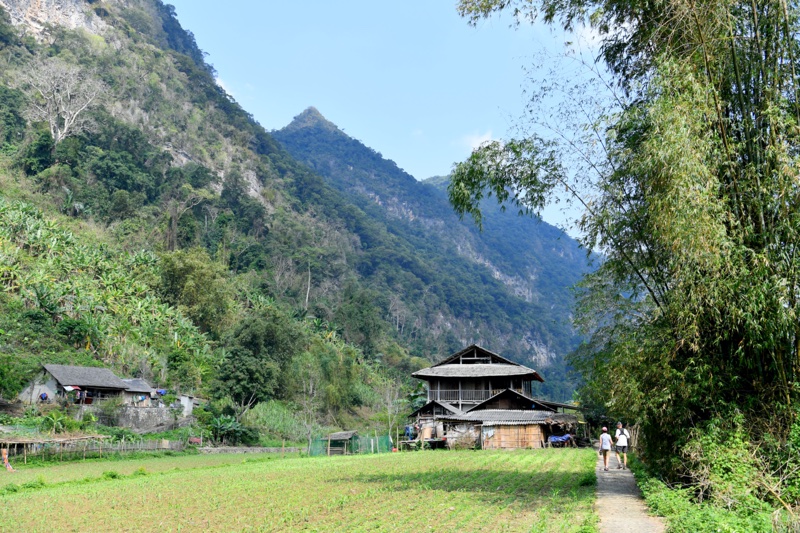 Tourists exploring Ba Be National Park
Tourists exploring Ba Be National Park
Accommodation
Ba Be offers a range of accommodation options from homestays to guesthouses and hotels. However, staying in a local homestay managed by ethnic minorities presents a unique cultural experience that should be on your itinerary. Nestled in the heart of the park, these welcoming homes provide traditional meals and comfortable lodging.
Mr. Linh’s Homestay
Perched on the banks of Ba Be Lake, Mr. Linh’s Homestay offers a retreat from the hustle and bustle of daily life. Guests can unwind in rustic wooden stilt houses topped with palm-leaf roofs. The homestay combines comfortable accommodations with a warm atmosphere, providing insight into Tay culture while overlooking beautiful landscapes.
 Mr. Linh's Homestay
Mr. Linh's Homestay
Location: Coc Toc Village, Ba Be National Park, Bac Kan
Hoa Son Homestay
Located on the southern shore of Ba Be Lake, Hoa Son Homestay is considered one of the finest options in the Pac Ngoi village area. Offering breathtaking lake views from its balconies, it features neat, comfortable rooms in a peaceful setting, all at an affordable price.
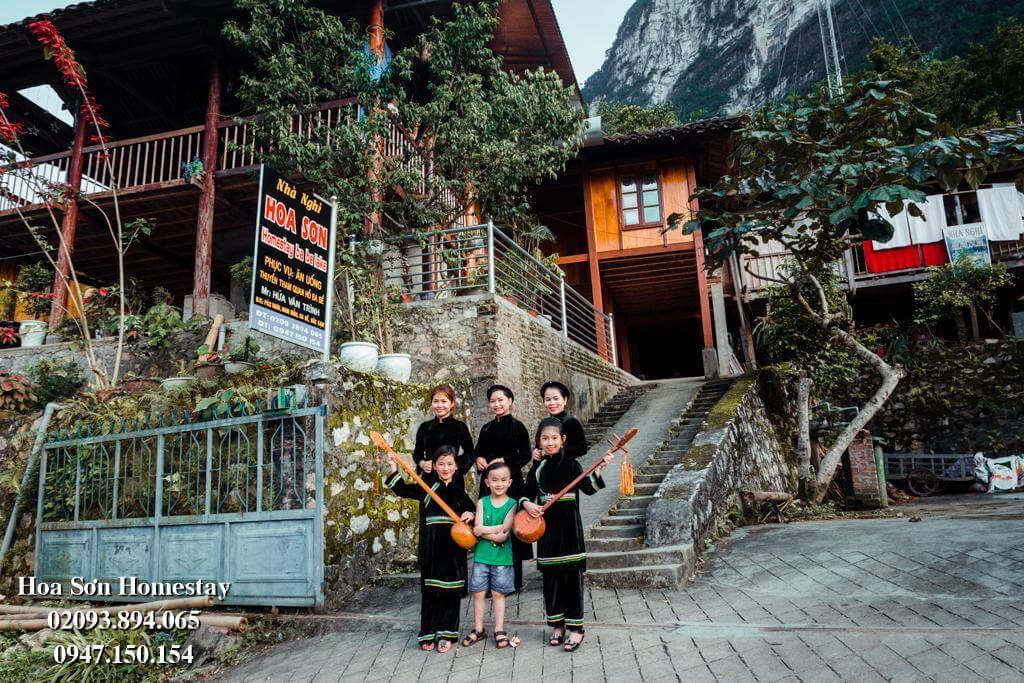 Hoa Son Homestay
Hoa Son Homestay
Location: Pac Ngoi Village, Ba Be National Park, Bac Kan
Related Articles
If you are interested in trekking and exploring locations similar to Ba Be National Park, consider reading the following articles:
5 Most Famous National Parks in Vietnam
Cuc Phuong Considered for World Heritage Status
9 Best Places for Trekking in Vietnam
Useful Information
- Location: Vuon Quoc Gia Ba Be, Bac Kan, Vietnam
- Best for: Family, couple, solo
- Entrance: Free
- Hours: All hours
- Distance to city center: 35.7km (22.2 mi)
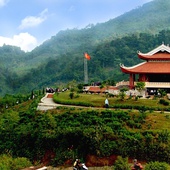
ATK Bac Kan
This unique and invincible complex was one of the most important venues of the Vietnam Army during the post 1945 period.

Pac Ngoi Village
Pac Ngoi Village has more than 40 traditional stilt houses locating on the slope of mountains which surround Ba Be Lake, emphasizing the beauty of this famous ecotourism destination.








